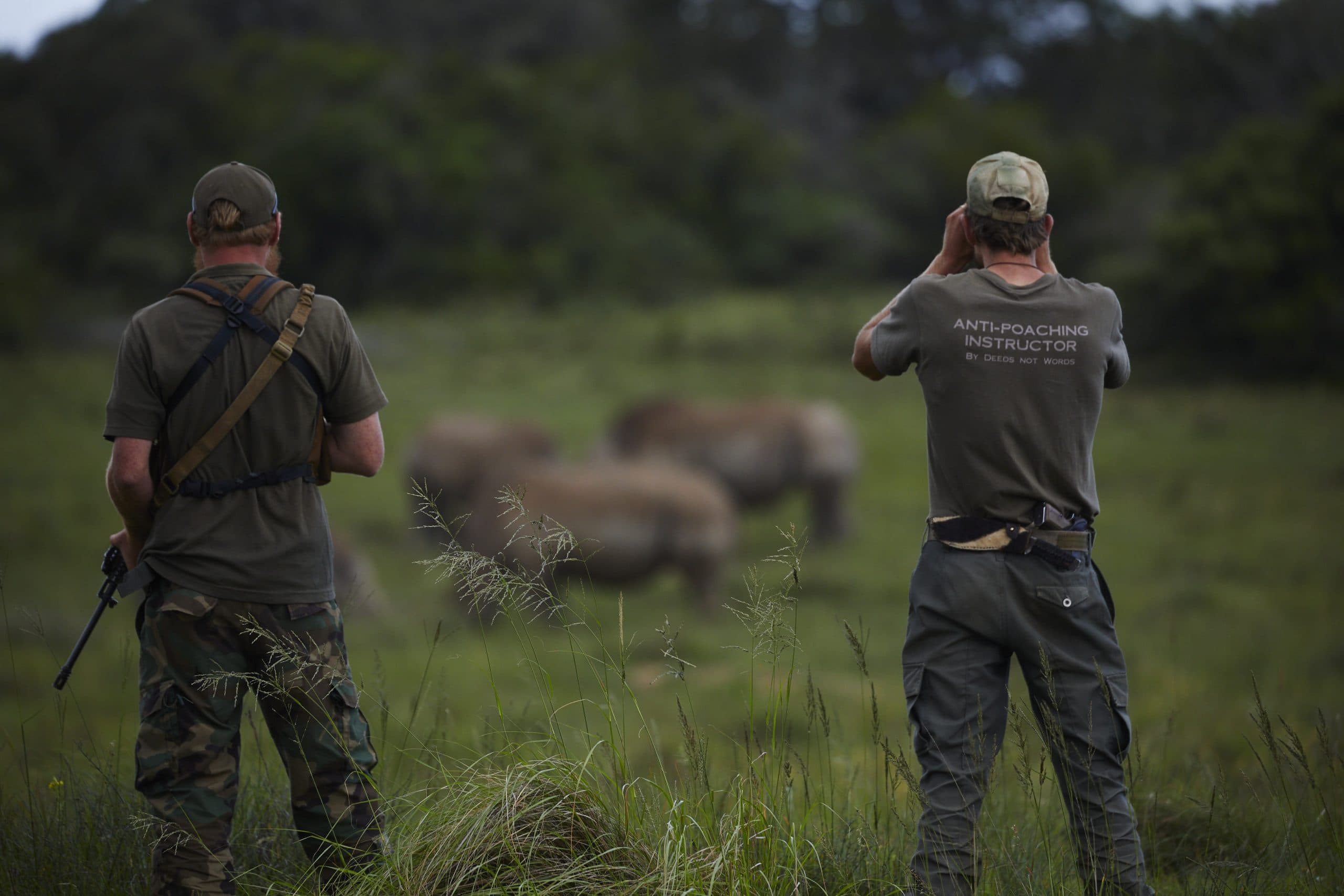Australian wildlife conservation programs represent some of the most innovative and urgent environmental efforts on the planet. As one of the world’s most biodiverse nations, Australia is home to over 500,000 animal and plant species—many of which exist nowhere else. However, the continent is also one of the most ecologically threatened, facing rising temperatures, catastrophic bushfires, habitat loss, and invasive species. To confront these challenges, Australia has developed a wide array of conservation initiatives that combine ancient Indigenous knowledge, modern science, and community action. Through the work of national parks, local groups, and scientific institutions, these programs are helping to save iconic species like koalas, Tasmanian devils, and orange-bellied parrots from extinction.
Efforts such as the Bush Heritage Australia landscape protection projects are leading the charge in restoring ecosystems in remote regions, often collaborating with Indigenous ranger programs to implement traditional fire management practices. In regions like the Kimberley and Arnhem Land, the Indigenous Land and Sea Corporation supports Aboriginal-led environmental stewardship, proving that land conservation is deeply tied to cultural resilience. Meanwhile, scientific research led by institutions such as CSIRO and Australian Wildlife Conservancy has made breakthroughs in tracking and preserving rare species using technologies like drones, environmental DNA, and GPS-tagged collars.
Crisis events such as the 2019–2020 bushfires have accelerated conservation planning. Organizations like WIRES and Zoos Victoria mobilized millions in funding and resources to treat, rehabilitate, and release wildlife back into the wild. In Kangaroo Island, Kangaroo Island Land for Wildlife has been instrumental in creating safe habitats for survivors like the glossy black-cockatoo. The Australian Government Department of Climate Change, Energy, the Environment and Water is also directing significant policy and funding support through targeted recovery plans and environmental offsets.
At the community level, thousands of volunteers contribute daily to programs like Landcare Australia and Wildcare Australia, participating in tree planting, nest box installations, and rescue missions. The integration of school programs such as Junior Landcare helps instill conservation values in future generations, making Australian wildlife conservation programs not just about the environment, but about national identity. Further, platforms like iNaturalistAU enable citizen scientists to contribute real-time data that informs large-scale wildlife protection strategies. Through such collective, diverse, and high-tech approaches, Australia continues to evolve as a global leader in conservation and environmental resilience.
Protecting Endangered Icons: Saving Australia’s Unique Species
Koala Crisis Response Initiatives
Koalas have become a flagship species for conservation. After the 2019–2020 bushfires wiped out over 60,000 koalas, the government pledged $50 million toward recovery efforts. Australian wildlife conservation programs now include habitat restoration, disease management, and population monitoring, particularly in Queensland and New South Wales where the marsupial’s numbers are declining most rapidly.
Tasmanian Devil Reintroduction Projects
Once almost extinct due to Devil Facial Tumour Disease (DFTD), the Tasmanian devil is making a comeback. In 2020, Aussie Ark released 26 devils into a sanctuary in New South Wales, marking their return to the mainland after 3,000 years. These Australian wildlife conservation programs aim to diversify genetics and monitor disease resistance, with ongoing releases planned.
Saving the Northern Hairy-Nosed Wombat
With fewer than 300 individuals left, this wombat species is among the world’s rarest. Targeted conservation at Epping Forest National Park includes predator-proof fencing, supplementary feeding, and artificial burrows. Camera traps and GPS collars have improved tracking, making these efforts a model for other endangered marsupials.
Parrot Protection and Nesting Programs
Australia is home to several endangered parrots, including the orange-bellied and swift parrots. Nesting box installation and breeding programs, supported by institutions like the Zoos Victoria, have helped boost numbers. In 2023, 35 orange-bellied parrots were recorded returning to Tasmania — the highest in over a decade.
Kangaroo Island Recovery Plans
After bushfires burned 211,000 hectares, conservation groups like Kangaroo Island Land for Wildlife began habitat regeneration for species such as the glossy black-cockatoo and dunnart. Australian wildlife conservation programs here combine ecological surveys, feral predator control, and community engagement for long-term survival.
Innovative Conservation Strategies Across the Outback
Aerial Wildlife Surveys and AI Monitoring
Drones and AI are transforming wildlife monitoring. In 2022, Bush Heritage Australia deployed autonomous drones across the Simpson Desert to track populations of bilbies and marsupial moles. Australian wildlife conservation programs have integrated machine learning to identify animals from thermal imagery, increasing detection rates by 40%.
Feral Predator Control Technologies
Feral cats and foxes kill over 1.5 billion native animals annually. New techniques like the Felixer Grooming Trap use laser sensors and toxin-dispensing devices to selectively target these predators. Over 400 units are active in conservation zones, greatly reducing predator numbers and boosting native populations.
Water Station Installation for Drought Resilience
Extreme droughts have devastated wildlife. The Wildlife Water Stations Project, active in arid regions like central Western Australia, has installed over 1,200 solar-powered water tanks and troughs. These support kangaroos, emus, and reptiles during prolonged dry spells, playing a key role in Australian wildlife conservation programs.
Fire Management by Indigenous Rangers
Cultural burning practices led by Aboriginal rangers have redefined fire management. Programs like the North Kimberley Fire Abatement Project use traditional patchwork burning to reduce fuel loads and protect biodiversity. Satellite data shows a 30% reduction in large-scale fires since implementation.
Seed Banks and Genetic Archives
Australia now houses over 8,000 species in seed banks, including rare grasses and shrubs critical to habitats. The Australian PlantBank at Mount Annan protects DNA samples and supports ecological restoration. These archives ensure resilience against environmental catastrophes and bolster future conservation strategies.
Community and Indigenous Leadership in Wildlife Protection
Aboriginal Ranger Programs and Biodiversity
More than 2,900 Indigenous rangers are involved in 129 programs nationwide. These initiatives, such as Ranger Parks NT, blend ancestral ecological knowledge with modern tools to monitor wildlife, protect sacred sites, and control invasive species. Australian wildlife conservation programs are increasingly centered around Indigenous leadership.
Citizen Science and Public Involvement
Apps like iNaturalistAU and events like the Aussie Backyard Bird Count engage citizens in data collection. In 2023, over 106,000 participants recorded 4.9 million bird sightings. Such data informs real-time conservation decisions and strengthens Australian wildlife conservation programs through public trust.
Local Wildlife Rescue Networks
Volunteer-run groups such as WIRES (NSW) and Wildcare Australia respond to injured wildlife calls 24/7. In 2021 alone, WIRES handled over 180,000 rescue cases. These efforts are vital, especially post-bushfire, offering rehabilitation and release programs for koalas, wombats, and birds.
Eco-Tourism as a Conservation Tool
Community-led eco-tourism initiatives on the Daintree Coast and Kangaroo Island help fund conservation. Tours are designed to minimize ecological disruption and support habitat regeneration. Programs have shown a 12% increase in local wildlife sightings over five years, indicating the positive impact of eco-tourism.
School and Youth Conservation Programs
National programs like Junior Landcare introduce sustainability and biodiversity topics to schools. With over 6,000 schools participating, students plant trees, restore local habitats, and monitor frog populations using mobile tools. These programs are grooming future leaders of Australian wildlife conservation programs.
Technology and Science at the Heart of Conservation Efforts
GPS Tracking of Migratory Species
Scientists now track the movements of species like the eastern curlew and green sea turtles using solar-powered GPS tags. Data from these tags has revealed migratory paths across 20,000 km, helping conservationists protect vital stopover points and nesting beaches.
Camera Trap Networks for Remote Monitoring
The Wildlife Spotter initiative deploys thousands of camera traps in national parks and reserves. AI-assisted analysis processes millions of images, identifying species like quolls, wallabies, and goannas. These systems provide real-time updates and reduce human resource needs.
DNA Barcoding and Environmental Sampling
Australian wildlife conservation programs are using environmental DNA (eDNA) to detect species presence from water and soil samples. In 2023, researchers at CSIRO used eDNA to identify platypus populations in previously unmonitored rivers, expanding their known range by 15%.
Heat Mapping and Climate Change Modeling
Programs like ClimateWatch use predictive modeling to forecast the effects of global warming on species distribution. For example, the model predicts a 35% habitat loss for the mountain pygmy possum by 2040. These projections guide long-term conservation funding and policy.
Smart Collar and Sensor Systems
Wildlife collars fitted with accelerometers and bio-loggers are tracking stress levels, heart rate, and movement in real time. These tools have been deployed on wombats and dingoes in the Australian Alps and are helping tailor conservation responses to animal behavior.




